Starship lifts off and a terraformed Mars map is published. How will Mars astronauts reach the surface? It’s Musk Reads: SpaceX Edition #193.
A version of this article appeared in the “Musk Reads” newsletter. Sign up for free here.
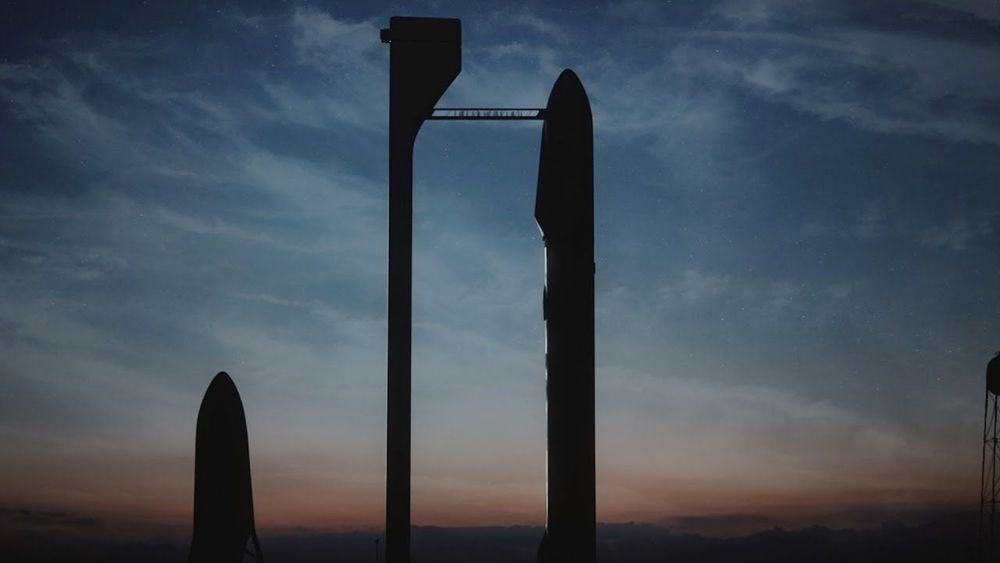
Starship lifts off and a terraformed Mars map is published. How will Mars astronauts reach the surface? It’s Musk Reads: SpaceX Edition #193.
A version of this article appeared in the “Musk Reads” newsletter. Sign up for free here.
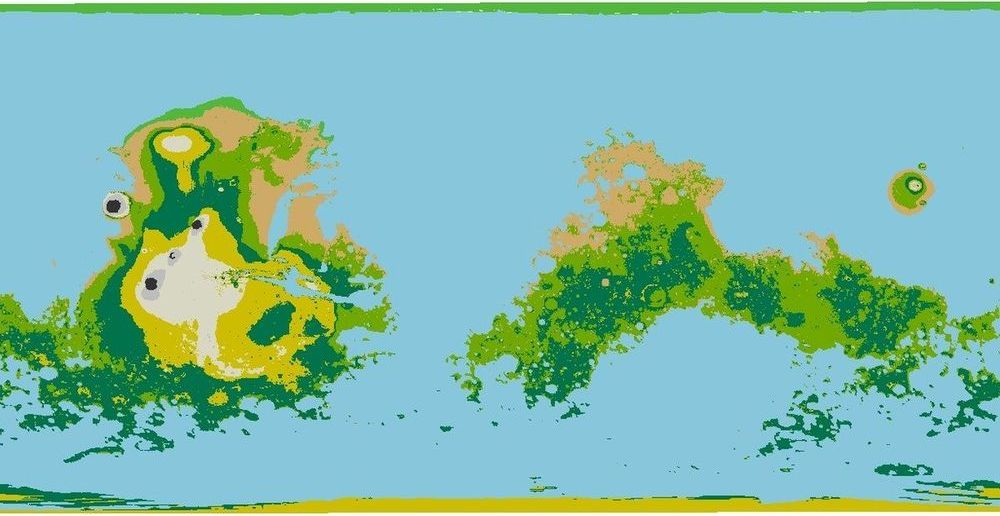
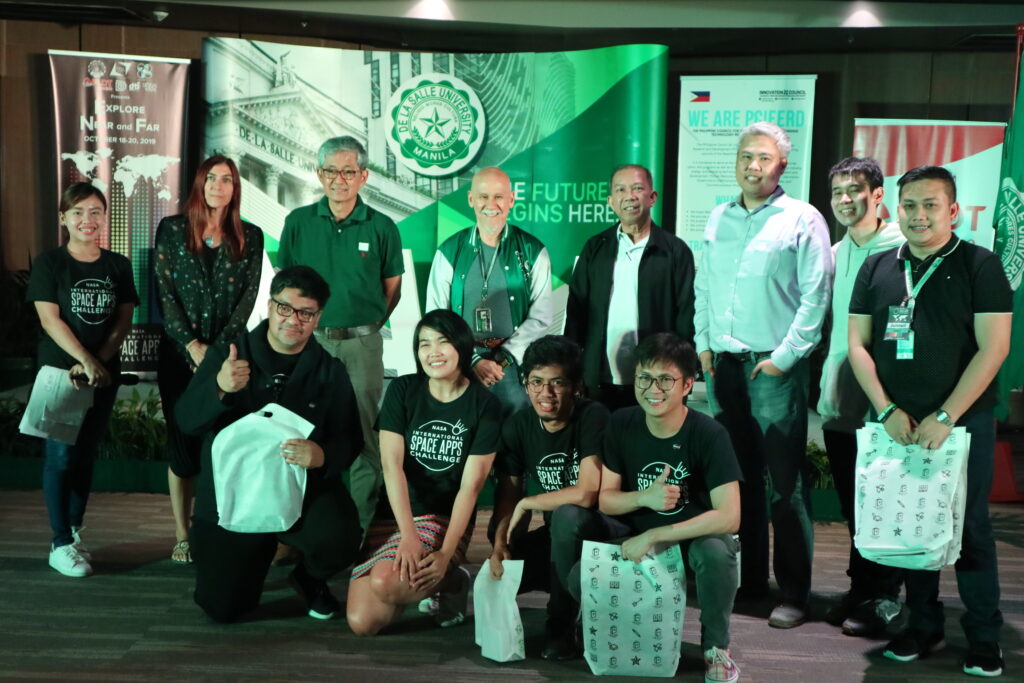
MANILA, Philippines — A dengue case forecasting system using space data made by Philippine developers won the 2019 National Aeronautics and Space Administration’s International Space Apps Challenge. Over 29,000 participating globally in 71 countries, this solution made it as one of the six winners in the best use of data, the solution that best makes space data accessible, or leverages it to a unique application.
Dengue fever is a viral, infectious tropical disease spread primarily by Aedes aegypti female mosquitoes. With 271,480 cases resulting in 1,107 deaths reported from January 1 to August 31, 2019 by the World Health Organization, Dominic Vincent D. Ligot, Mark Toledo, Frances Claire Tayco, and Jansen Dumaliang Lopez from CirroLytix developed a forecasting model of dengue cases using climate and digital data, and pinpointing possible hotspots from satellite data.
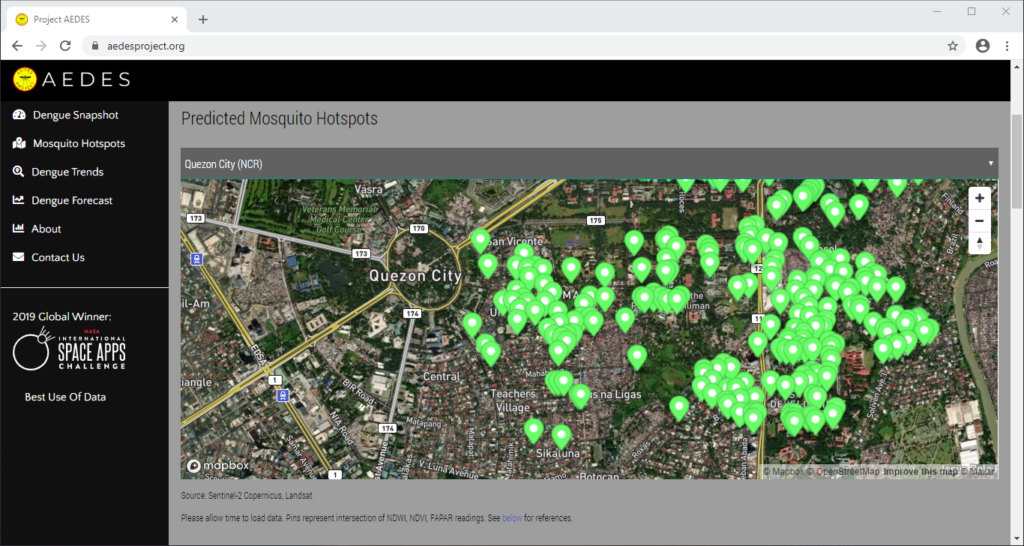
Correlating information from Sentinel-2 Copernicus and Landsat 8 satellites, climate data from the Philippine Atmospheric, Geophysical and Astronomical Services Administration of the Department of Science and Technology (DOST-PAGASA) and trends from Google search engines, potential dengue hotspots will be shown in a web interface.
Using satellite spectral bands like green, red, and near-infrared (NIR), indices like Fraction of Absorbed Photosynthetically Active Radiation (FAPAR) and Normalized Difference Vegetation Index (NDVI) are calculated in identifying areas with green vegetation while Normalized Difference Water Index (NDWI) identifies areas with water. Combining these indices reveal potential areas of stagnant water capable of being breeding grounds for mosquitoes, extracted as coordinates through a free and open-source cross-platform desktop geographic information system QGIS.
https://www.youtube.com/watch?v=uzpI775XoY0
Check out the website here: http://aedesproject.org/
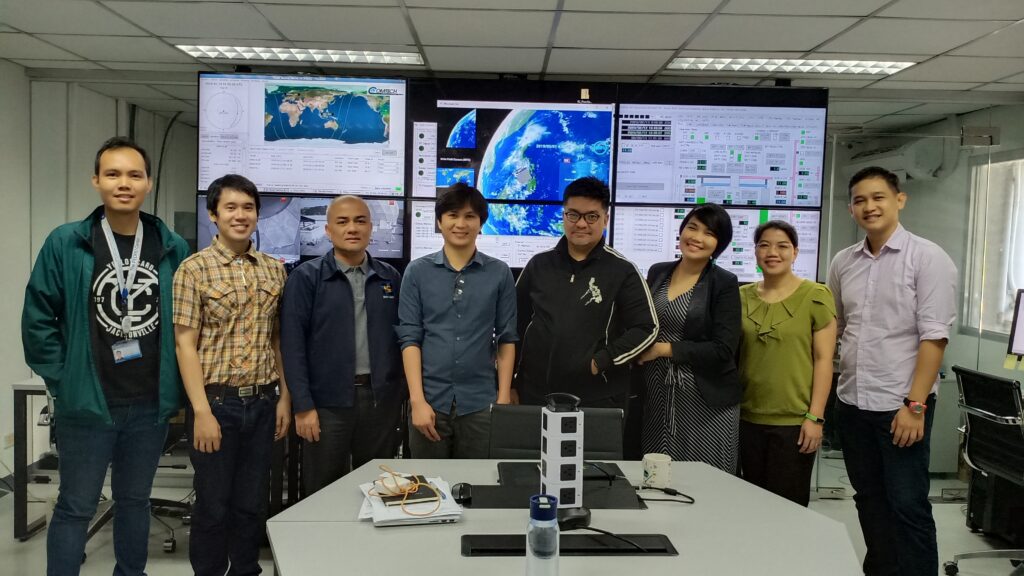
“AEDES aims to improve public health response against dengue fever in the Philippines by pinpointing possible hotspots using Earth observations,” Dr. Argyro Kavvada of NASA Earth Science and Booz Allen Hamilton explained.
The DOST-Philippine Council for Industry, Energy and Emerging Technology Research and Development (DOST-PCIEERD) deputy executive director Engr. Raul C. Sabularse said that the winning solution “benefits the community especially those countries suffering from malaria and dengue, just like the Philippines. I think it has a global impact. This is the new science to know the potential areas where dengue might occur. It is a good app.”
“It is very relevant to the Philippines and other countries which usually having problems with dengue. The team was able to show that it’s not really difficult to have all the data you need and integrate all of them and make them accessible to everyone for them to be able to use it. It’s a working model,” according to Monchito B. Ibrahim, industry development committee chairman of the Analytics Association of the Philippines and former undersecretary of the Department of Information and Communications Technology.
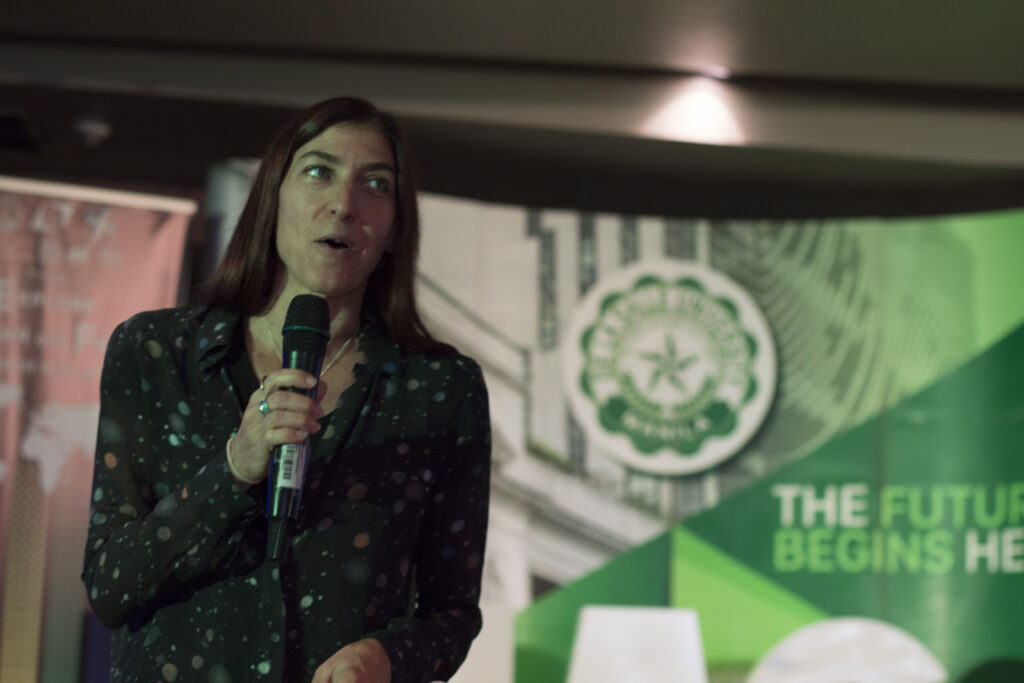
The leader of the Space Apps global organizing team Dr. Paula S. Bontempi, acting deputy director of the Earth Science Mission, NASA’s Science Mission Directorate remembers the pitch of the winning team when she led the hackathon in Manila. “They were terrific. Well deserved!” she said.
“I am very happy we landed in the winning circle. This would be a big help particularly in addressing our health-related problems. One of the Sustainable Development Goals (SDGs) is on Good Health and Well Being and the problem they are trying to address is analysis related to dengue,“ said Science and Technology secretary Fortunato T. de la Peña. Rex Lor from the United Nations Development Programme (UNDP) in the Philippines explained that the winning solution showcases the “pivotal role of cutting-edge digital technologies in the creation of strategies for sustainable development in the face of evolving development issues.”
U.S Public Affairs counselor Philip W. Roskamp and PLDT Enterprise Core Business Solutions vice president and head Joseph Ian G. Gendrano congratulates the next group of Pinoy winners.
Sec. de la Peña is also very happy on this second time victory for the Philippines on the global competition of NASA. The first winning solution ISDApp uses “data analysis, particularly NASA data, to be able to help our fishermen make decisions on when is the best time to catch fish.” It is currently being incubated by Animo Labs, the technology business incubator and Fab Lab of De La Salle University in partnership with DOST-PCIEERD. Project AEDES will be incubated by Animo Labs too.
University president Br. Raymundo B. Suplido FSC hopes that NASA Space Apps would “encourage our young Filipino researchers and scientists to create ideas and startups based on space science and technology, and pave the way for the promotion and awareness of the programs of our own Philippine space agency.”
Philippine vice president Leni Robredo recognized Space Apps as a platform “where some of our country’s brightest minds can collaborate in finding and creating solutions to our most pressing problems, not just in space, but more importantly here on Earth.”
“Space Apps is a community of scientists and engineers, artists and hackers coming together to address key issues here on Earth. At the heart of Space Apps are data that come to us from spacecraft flying around Earth and are looking at our world,” explained by Dr. Thomas Zurbuchen, NASA associate administrator for science.
“Personally, I’m more interested in supporting the startups that are coming out of the Space Apps Challenge,” according to DOST-PCIEERD executive director Dr. Enrico C. Paringit.
In the Philippines, Space Apps is a NASA-led initiative organized in collaboration with De La Salle University, Animo Labs, DOST-PCIEERD, PLDT InnoLab, American Corner Manila, U.S. Embassy, software developer Michael Lance M. Domagas, and celebrates the Design Week Philippines with the Design Center of the Philippines of the Department of Trade and Industry. It is globally organized by Booz Allen Hamilton, Mindgrub, and SecondMuse.
Space Apps is a NASA incubator innovation program. The next hackathon will be on October 2–4, 2020.
#SpaceApps #SpaceAppsPH
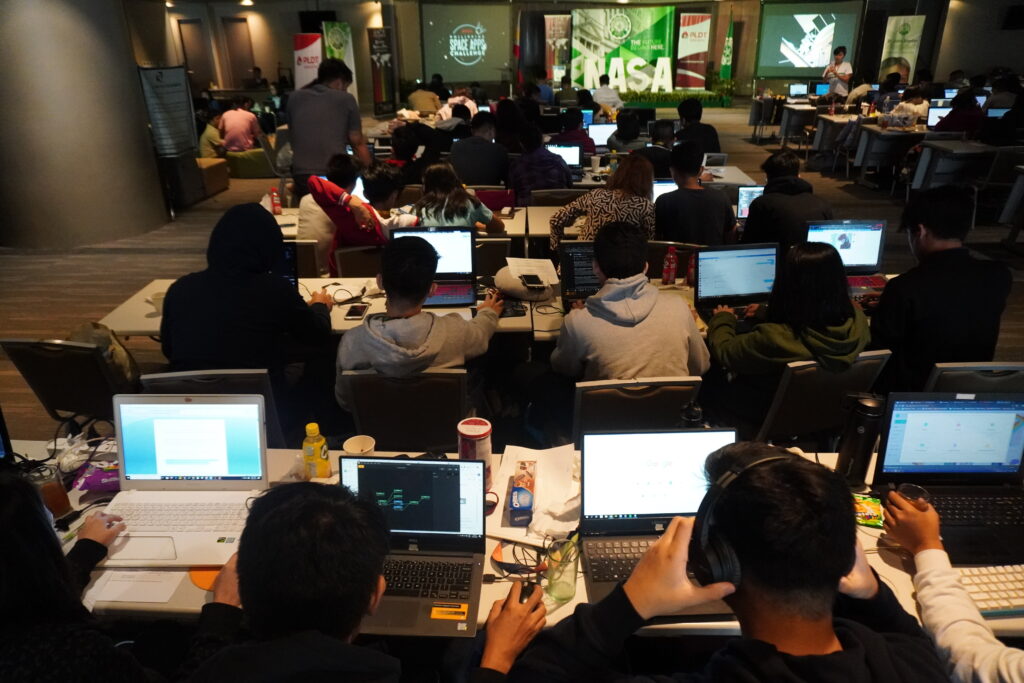

Global warming is a complex problem that is not easy to solve. While world leaders seem to be dragging their feet over the issue, Yotam Ariel, founder of Bluefield, believes he might have at least one piece of the puzzle sorted. Methane monitoring from space. By leveraging a network of microsatellites with a proprietary sensor, Bluefield plans to deliver alerts and analytics to oil and gas clients to help combat the inadvertent release of methane gas
Methane, a greenhouse gas, is leaking into the atmosphere. One might ask, “Why bother with methane, isn’t carbon dioxide the problem?” Well, according to the IPCC (https://www.ipcc.ch/), methane is 84 times more potent than carbon dioxide, which is clearly a bad thing for global warming. Methane is believed to be responsible for 25% of global warming and knowing who is emitting, when, and how much, would be a massive step towards reversing climate change. Since between 50 and 65% of total global methane emissions come from human activities, being able to identify and stop leaks is crucial to lowering greenhouse gases in our atmosphere.
Bluefield plans to specialize in methane gas detection and not try and solve all problems all at once and thereby reducing complexity. Further reduction in complexity is achieved by leveraging outside suppliers where applicable that complement the Bluefield plans. By reducing the complexity, Bluefield can focus on its core mission and specialty. Areas outside of detection such as the satellite parts, ground stations, the launch, and other services will be outsourced. This will allow Bluefield to quickly move through its development stages. Whereas it might take up to 10 years for a space agency like NASA, JAXA or ESA, to fund, design, test and launch a custom satellite, Bluefield aims to accomplish this as early as next year.
In fact, the prototype for the first microsatellite design has already been completed. Bluefield shortlisted several suppliers and the final selection will be made soon. The company is well on its way to testing its technology in orbit after completing both field tests and high-altitude balloon tests this year. By mounting its newly developed sensor on several backpack-sized microsatellites, Bluefield will be able to collect enough raw data to provide methane emission monitoring at a previously unthinkable level in terms of global coverage, high resolution and at a price point well below what is currently available.
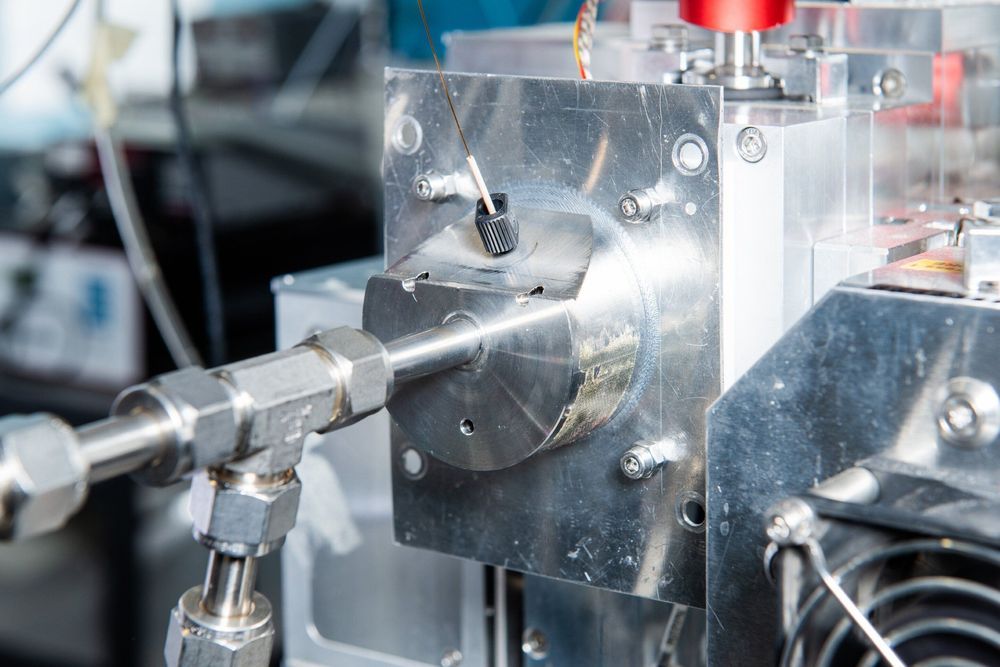
Researchers at the Paul Scherrer Institute PSI have developed a new method to analyse particulate matter more precisely than ever before. Using it, they disproved an established doctrine: that molecules in aerosols undergo no further chemical transformations because they are enclosed in other suspended particulate matter. In the smog chamber at PSI, they analysed chemical compounds directly in aerosols and observed how molecules dissociated and thus released gaseous formic acid into the atmosphere. These findings will help to improve the understanding of global processes involved in cloud formation and air pollution, and to refine the corresponding models. The results of this investigation are published today in the journal Science Advances.
The familiar scent of a pine forest is caused by α-pinene. This is one of the volatile organic compounds in the oils of conifer trees, and it also occurs in eucalyptus and rosemary. The smell triggers pleasant feelings in most people. Less pleasant is that under the influence of radicals, the compound changes into other compounds in the atmosphere, so-called highly oxidised organic molecules. Some of these are reactive and to some extent harmful substances. They have only recently come under scrutiny by atmospheric researchers, and their role in cloud formation is not yet understood.
These highly oxidized organic molecules are less volatile than the starting substance α-pinene and therefore condense easily. Together with dust particles and other solid and liquid substances in the air, they form what we call particulate matter or aerosols.
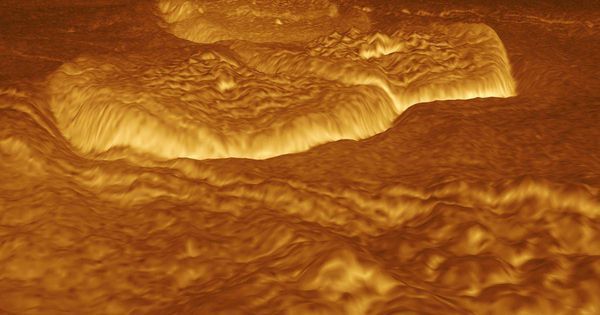

If you are a Lifeboat subscriber or have been reading these pages for awhile, you may know why it’s called “Lifeboat”. A fundamental goal of our founder, board, writers and supporters is to sustain the environment, life in all its diversity, and—if necessary—(i.e. if we destroy our environment beyond repair, or face a massive incoming asteroid), to prepare for relocating. That is, to build a lifeboat, figuratively and literally.
But most of us never believed that we would face an existential crisis, except perhaps a potential for a 3rd World War. Yet, here we are: Burning the forests, killing off unspeakable numbers of species (200 each day), cooking the planet, melting the ice caps, shooting a hole in the ozone, and losing more land to the sea each year.
Regading the urgent message of Greta Thunberg, below, I am at a loss for words. Seriously, there is not much I can add to the 1st video below.
Information about climate change is all around us. Everyone knows about it; Most people understand that it is real and it that poses an existential threat, quite possibly in our lifetimes. In our children’s lives, it will certainly lead to war, famine, cancer, and massive loss of land, structures and money. It is already raising sea level and killing off entire species at thousands of times the natural rate.
Yet, few people, organizations or governments treat the issue with the urgency of an existential crisis. Sure! A treaty was signed and this week, Jeff Bezos committed to reducing the carbon footprint of the world’s biggest retailer. But have we moved in the right direction since the Paris Accords were signed 4 years ago? On the contrary, we have accelerated the pace of self-destruction.
I want speak out—and, of course, this Blog post is my way of doing it. But I am at a loss for words, because everything I want to say is so deftly articulated by 15 year old Greta Thunberg. I cannot possibly add to or improve upon her message.
Greta is not your typical hero. She is a child, has Asperger’s, and is a high school Sophomore, yet she is a truant. She regularly skips class, because she feels that doing her own thing is more important than education. She is absolutely right…
This week Greta educated the UN, US Congress and former President Obama (because the current president cannot grasp her message). She also led a protest campaign that attracted millions of Millennials in more than 100 cities across Asia, Europe, Australia, and the Americas.
Greta Thunberg is racing to save the world—and all of humanity while she is at it.
Rather than link to her talk before Congress or the UN, or this overly-slick PSA, I choose three videos. The last one is only 49 seconds). Don’t have the time to pause for a video?—not even at bed time? Please reconsider. This one is really, really important. Even more important than not texting and driving. If ever you felt that there was something to communicate to your circle and pass onto your family, this is it. Your children are counting on you.
In the first two videos, Greta makes interesting point. If ever you imagined hearing an alarm bell, your ears should be clanging with these statements…
▪ 1st video, below
Greta was puzzled by an apparent incongruity when she was 8 years old: How is it that a widely reported existential threat has not resulted in a Stop-The-Presses, all out campaign to eliminate the threat? How is it that a majority of people claim to support the cause, applaud at speeches, support the Paris Accords—and yet the burning of fossil fuels has increased and the destruction of jungles & rain forests is accelerating? The carbon budget of the Paris Accords has already been ⅔ consumed! Even worse, scientists now believe that the budget was too relaxed. Even back then (3 years ago) things were worse than we had believed.

▪ 2nd video, below
Although Greta states it without emotion (a symptom of Asberger’s), she was surprised to find that America has climate change ‘believers’ and ‘non-believers’. Without a hint of sarcasm, she explains that in Sweden, everyone understands the facts.
Please view these videos. Is there anything in your day that is more important? I doubt it. Saving the planet is no longer a slogan. It’s our only chance at survival—and that chance is getting slimmer with each day.
1. Ted Talk (11 min), Stockholm Aug 2018
2. Trevor Noah TV episode (9 min), Sep 14, 2019
3. Meeting President Obama (49 sec), Sep 18, 2019
Philip Raymond co-chairs CRYPSA, hosts the Bitcoin Event and is keynote speaker at Cryptocurrency Conferences. He is a top writer at Quora.
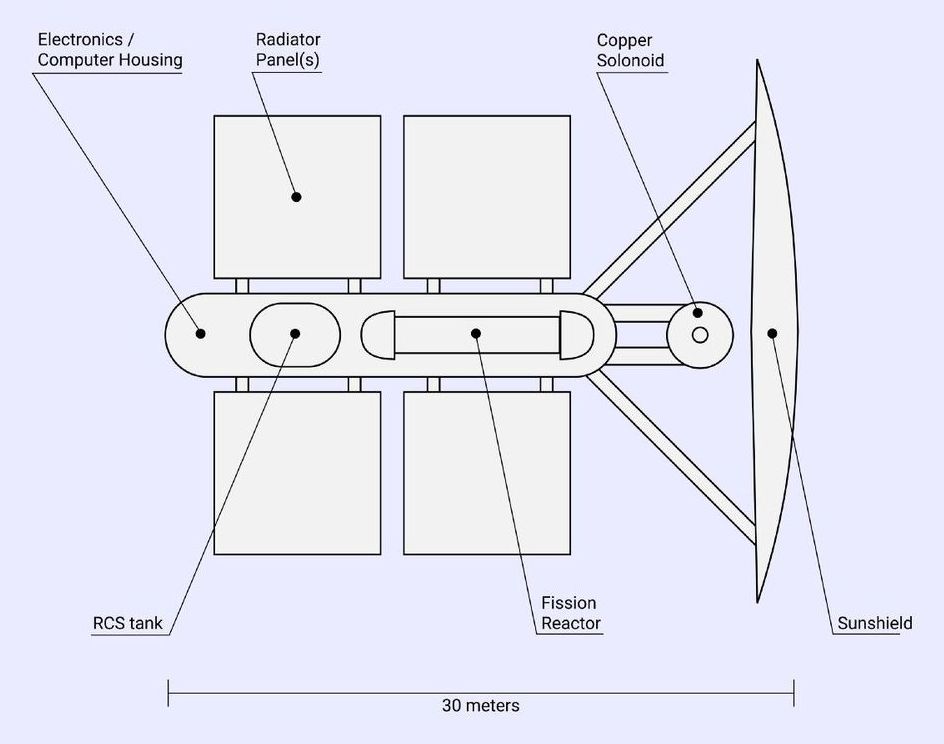
Any future colonization efforts directed at the Mars all share one problem in common; their reliance on a non-existent magnetic field. Mars’ magnetosphere went dark about 4 billion years ago when it’s core solidified due to its inability to retain heat because of its small mass. We now know that Mars was quite Earth-like in its history. Deep oceans once filled the now arid Martian valleys and a thick atmosphere once retained gasses which may have allowed for the development of simple life. This was all shielded by Mars’ prehistoric magnetic field.
When Mars’ magnetic line of defense fell, much of its atmosphere was ripped away into space, its oceans froze deep into the red regolith, and any chance for life to thrive there was suffocated. The reduction of greenhouse gasses caused Mars’ temperature to plummet, freezing any remaining atmosphere to the poles. Today, Mars is all but dead. Without a magnetic field, a lethal array of charged particles from the Sun bombards Mars’ surface every day threatening the potential of hosting electronic systems as well as biological life. The lack of a magnetic field also makes it impossible for Mars to retain an atmosphere or an ozone layer, which are detrimental in filtering out UV and high energy light. This would seem to make the basic principles behind terraforming the planet completely obsolete.
I’ve read a lot of articles about the potential of supplying Mars with an artificial magnetic field. By placing a satellite equipped with technology to produce a powerful magnetic field at Mars L1 (a far orbit around Mars where gravity from the Sun balances gravity from Mars, so that the satellite always remains between Mars and the Sun), we could encompass Mars in the resulting magnetic sheath. However, even though the idea is well understood and written about, I couldn’t find a solid mathematical proof of the concept to study for actual feasibility. So I made one!